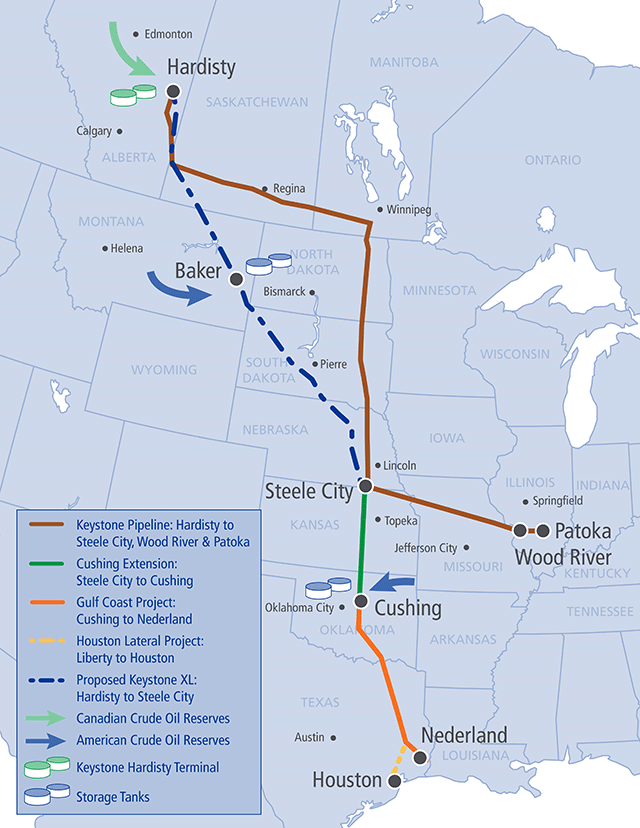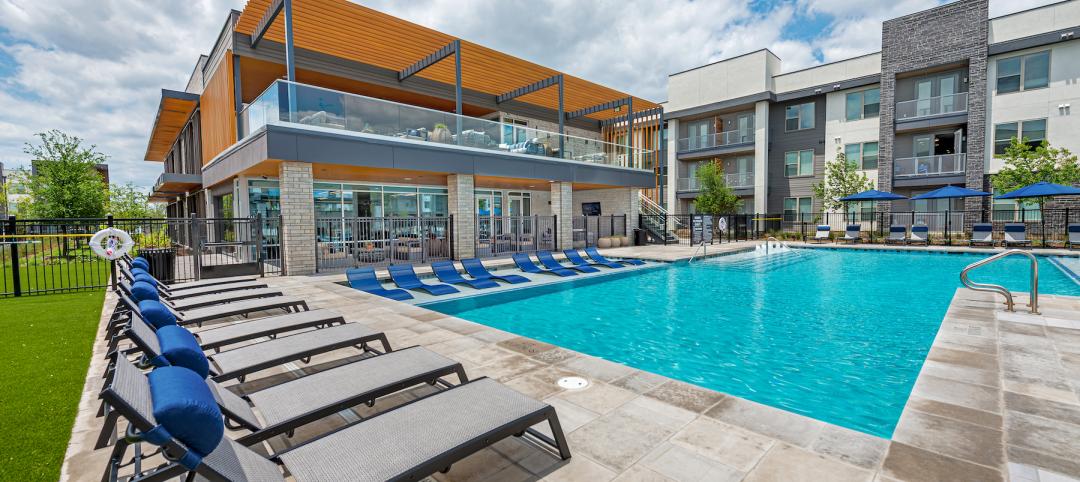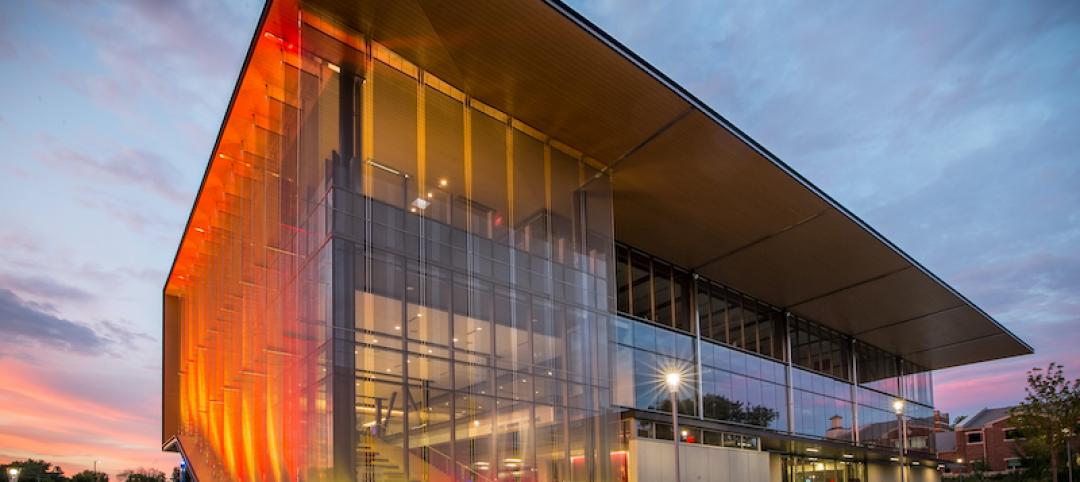Bipartisan legislation that focused on energy efficiency standards such as water heaters with smart meters, ways to reduce home utility bills, and cheaper heating and cooling systems for office buildings failed in the U.S. Senate earlier this month.
While the bill had broad support, the introduction of an amendment on the controversial Keystone XL pipeline poisoned the well.
Proposed by Rob Portman (R-Ohio), the Energy Savings and Industrial Competitiveness Act (ESIC) didn’t make it to a vote after the amendment was added to approve the Keystone pipeline extension ahead of the Obama Administration’s decision on whether to allow the pipeline to go forward.
As a result, Senate Majority Leader Harry Reid (D-Nev.) refused to allow a vote on a Keystone pre-approval amendment to the bill, and the amendment’s supporters retaliated by blocking a vote on the main bill.
Many Democrats and climate activists oppose the Keystone pipeline. Portman reportedly called the bill’s failure “yet another disappointing example of Washington’s dysfunction.”
Related Stories
Glass and Glazing | Sep 30, 2021
Plans move forward on Central Place Sydney, duel towers with an AI-driven façade system
SOM and Fender Katsalidis are designing the project.
Architects | Sep 28, 2021
Hoffmann Architects Welcomes Travis Heim as Senior Staff Architect
Hoffmann Architects, an architecture and engineering firm specializing in the rehabilitation of building exteriors, announces that Travis Heim has joined the New York office as Senior Staff Architect.
AEC Business Innovation | Sep 28, 2021
Getting diversity, equity, and inclusion going in AEC firms
As a professional services organization built on attracting the best and brightest talent, VIATechnik relies on finding new ways to do just that. Here are some tips that we’ve learned through our diversity, equity, and inclusion (DE&I) journey.
Multifamily Housing | Sep 22, 2021
Designing for the ‘missing middle’ in multifamily housing
Multifamily housing expert Patrick Winters, AIA, discusses a neglected segment of the market: the "missing middle."
Multifamily Housing | Sep 22, 2021
11 notable multifamily projects to debut in 2021
A residence for older LGBTQ+ persons, a P3 student housing building, and a converted masonic lodge highlight the multifamily developments to debut this year.
Data Centers | Sep 22, 2021
Wasted energy from data centers could power nearby buildings
A Canadian architecture firm comes up with a concept for a community that’s part of a direct-current microgrid.
Hotel Facilities | Sep 22, 2021
Will hotel developers finally embrace modular construction?
Last May, MiTek, a construction software and building services company that’s part of Warren Buffett’s Berkshire Hathaway conglomerate, formed a partnership with Danny Forster & Architecture to promote modular design and construction.
Arenas | Sep 20, 2021
LA Clippers unveil $1.8 billion Intuit Dome
AECOM is the lead designer for the project.
University Buildings | Sep 7, 2021
Gateway to the West: Kansas City University Center for Medical Education Innovation
Kansas City University Center for Medical Education Innovation uses GKD Omega 1520 metal fabric.
Architects | Sep 2, 2021
Remembering architect and author Lance Hosey: 1964 - 2021
Architect, sustainability expert, author, and public speaker Lance Hosey passed away unexpectedly on August 27.

















